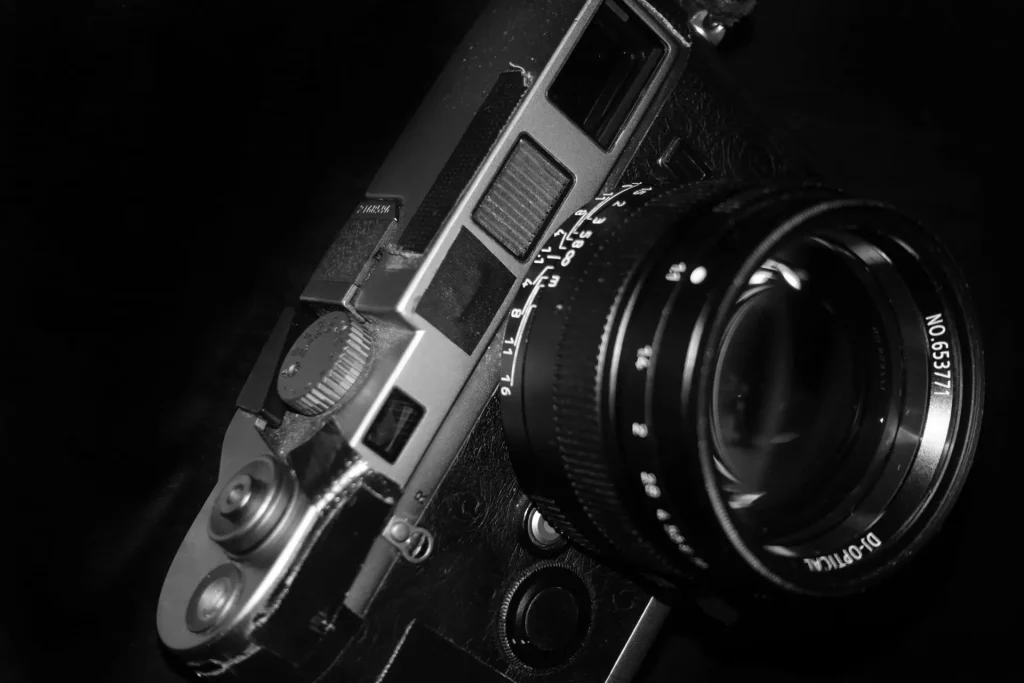
After seeing some online discussions about the price of film rising I thought I'd revisit and follow up on a piece of writing I previously wrote about darkroom prints, and how I...
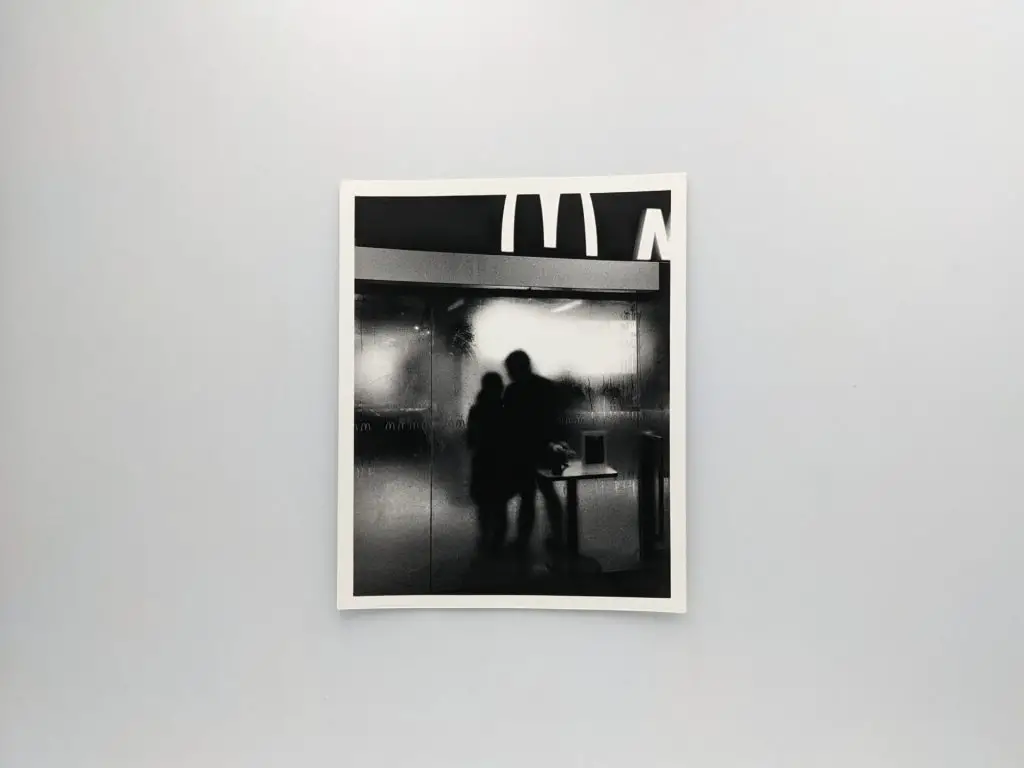
The position of film photography has never been stronger. Against the intangibility of our virtual reality, the medium of photography and its process gives viewers the craved ta...
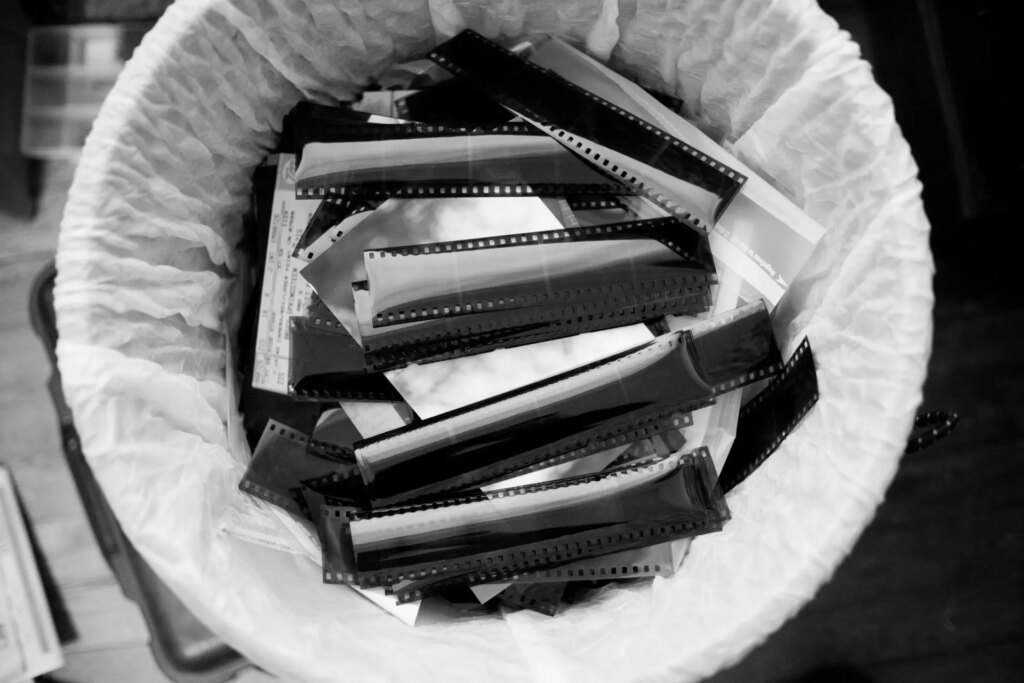
The issue of SHOTS magazine current at the time of this writing contains images central to my thesis: Recovered slides from my grandfather’s collection. On the off-chance you mi...

Street photography is what I love to do the most. If I could, I would go out there every single day of my life and take pictures of the world around me. But there is still one t...

For as long as I was shooting film, I have had the same nagging problem: I wanted to shoot in the dark. My Dad - who gave me my first and his only camera Zorkiy with 3.5/50 mm I...

I might say, pushing the boundaries of film in this case is more like returning to its roots.
When rock ‘n roll and hard bop burst through the famed and now widely regarded as ...
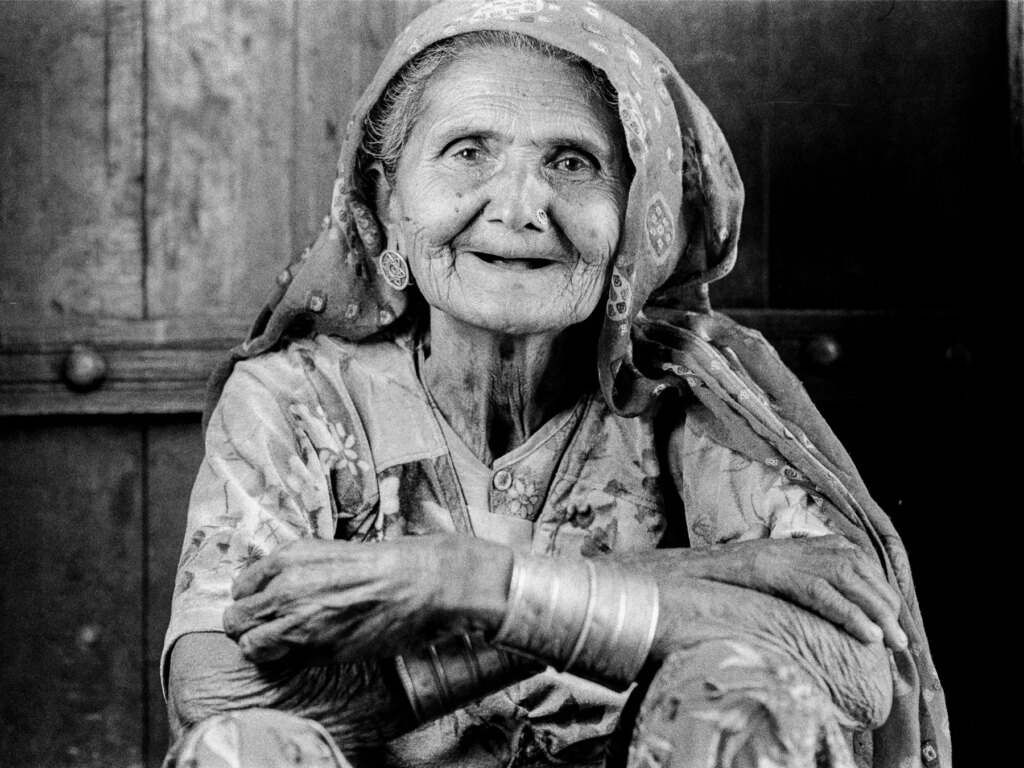
In my previous piece, I mentioned how colour photography on film has become completely unaffordable for me since 2016. In 2018, having shot most of my remaining colour films, I ...
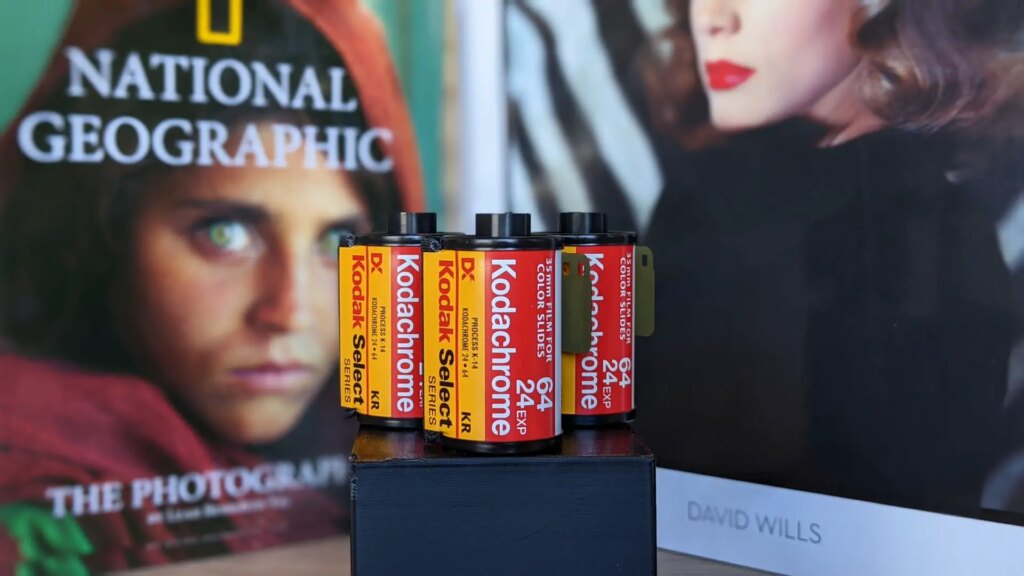
Some of us know Kodachrome from the iconic Afghan Girl photo by National Geographic's Steve McCurry. Some of us might even have watched the 2017 movie of the same name, about an...








